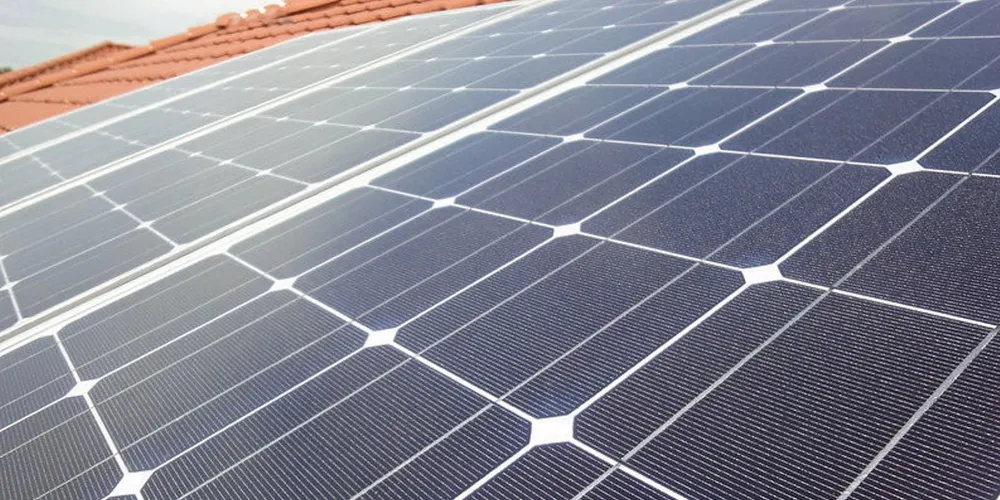Wind and solar powered 30GW green hydrogen giant on horizon for Mauritania
North-west African nation inks memorandum of understanding with CWP Global to build power-to-X megadevelopment in desert

Mauritania has inked a memorandum of understanding (MoU) with renewables developer CWP Global to build a giant wind-and-solar powered green hydrogen hub at a remote desert location in the north-west African nation.
“We are pleased to have the confidence and support of the Mauritanian government for the development of this ambitious project, which will create a stable export vector and generate thousands of new jobs in construction, local manufacturing, operations and export facilitation,” said Mark Crandall, CWP Global’s chairman.
“The project will have a transformative effect on the Mauritanian economy, generating billions of dollars in export and providing access to inexpensive electricity and water for the population and economy. Projects like Aman are immensely important in order to address the world’s most pressing challenges – sustainable development and climate change mitigation.”
Abdessalam Mohamed Saleh, Mauritania’s minister of petroleum, mines and energy, said: “The government of Mauritania has put the exploitation of its immense renewable energy resources as a top priority to promote accelerated, sustainable, and equitable economic growth for all the people of Mauritania.”
With the MoU, the Mauritanian government has “opened the door” to international investors and is ”committed to accelerat[ing] progress on the project’s development and approvals process”, he said.
The Aman project is foreseen producing hydrogen for green steel production, long-distance shipping, and decarbonising agriculture both domestically and internationally .
The cost of clean hydrogen
Green H2 from onshore wind and solar costs $2.50-6/kg, according to the International Energy Agency.
Grey hydrogen produced from unabated natural gas or coal is currently available at $1-3/kg, while carbon capture and storage to turn it blue would add at least $0.50/kg.
Analyst Bloomberg NEF and think-tank Energy Transitions Commission expect the cost of green hydrogen to become cheaper than blue by 2030.
Of course, it is hard to make any firm cost predictions, given all the variables involved. The cost of green hydrogen will vary wildly depending on the price of the electricity used to power the electrolyser and the numbers of hours the electrolyser is in operation per year.
And that’s without factoring in the cost of storage and distribution. And the cost of blue hydrogen will depend on the price of natural gas and the cost of capturing and storing the CO2.